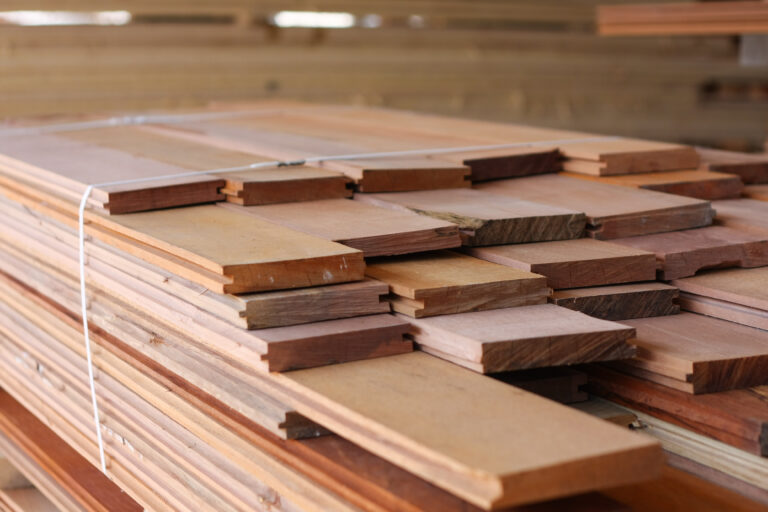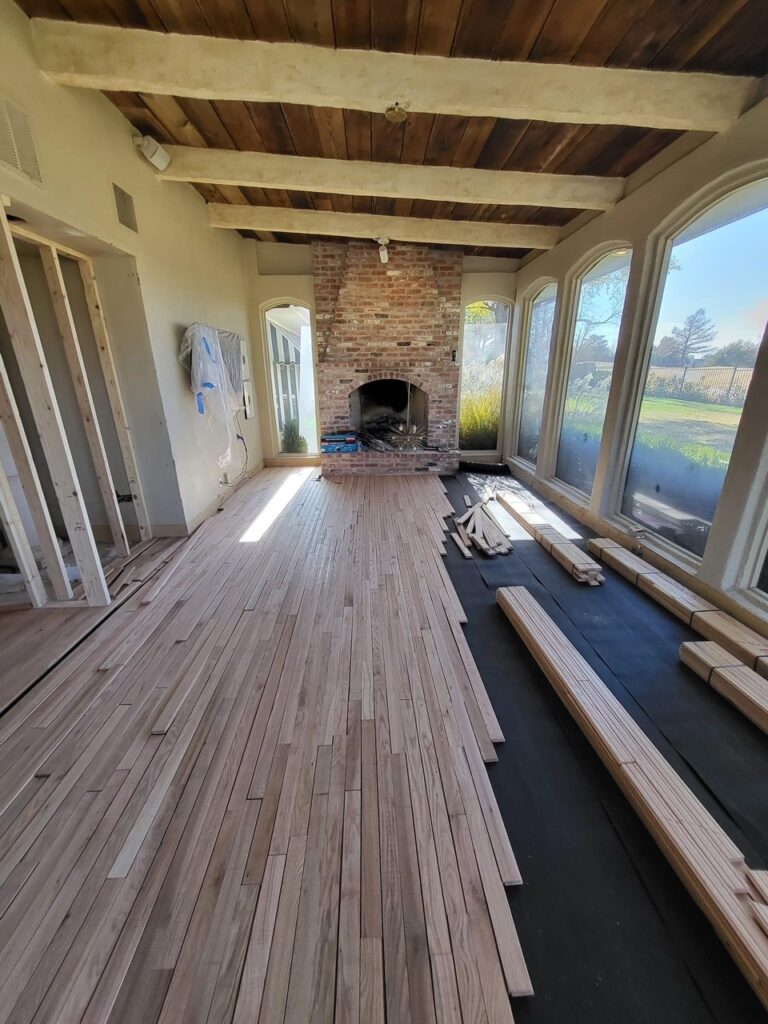When to Seek Professional Help
When refinishing hardwood floors, there are certain situations where seeking professional help is the best course of action. While many homeowners enjoy tackling DIY projects, there are scenarios where the expertise of a professional hardwood floor refinishing service in Oklahoma City can make a significant difference. For instance, if your floors have extensive damage, such as deep scratches or water stains, leave the refinishing process to the professionals with the necessary tools and experience to handle these issues effectively. Additionally, if you need clarification on the proper techniques or products for your specific type of hardwood flooring, consulting with a professional can ensure that you achieve high-quality results without causing any further damage. Choosing a reputable service provider is crucial to guarantee customer satisfaction and a job well done. Considering their experience, reputation, and customer reviews, you can find a reliable professional to deliver the best possible outcome for your hardwood floor refinishing project.
Conclusion
Refinishing hardwood floors can be daunting, but at The Wood Company in Oklahoma City, we have the expertise to handle all your needs. Our experienced professionals take pride in their attention to detail and quality workmanship. We understand the intricacies of hardwood floor refinishing and know how to bring out the natural beauty of your floors. With years of experience and numerous satisfied customers, we guarantee exceptional results. Call us today for a free estimate and to schedule an appointment!


